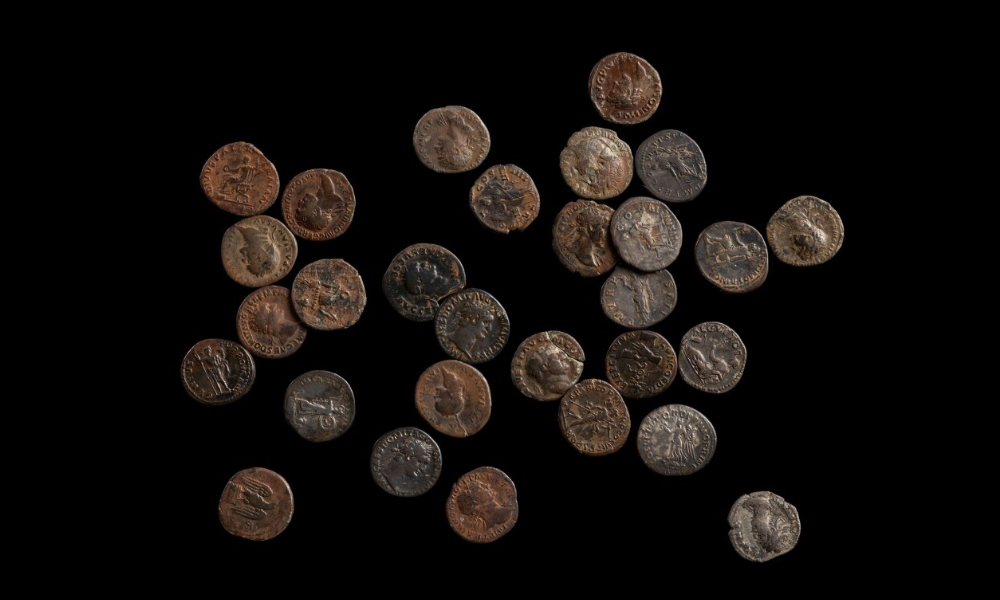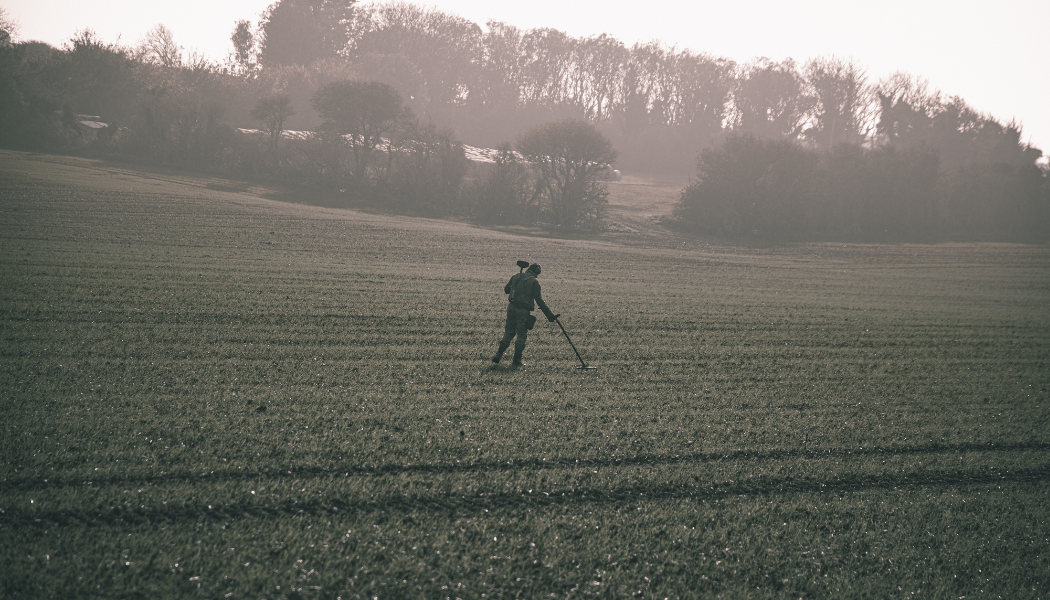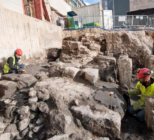The Government is to expand the legal definition of treasure, in what it said is an effort to ensure more discoveries can be acquired by museums.
The current Treasure Act specifies newly discovered artefacts as legally treasure if they are more than 300 years old and made of precious metal or part of a collection of valuable objects or artefacts.
The new criteria will apply to the most exceptional finds over 200 years old – regardless of the type of metal of which they are made – so long as they provide an “important insight into the country’s heritage”.
This includes rare objects, those which provide a special insight into a particular person or event, or those which can “shed new light on important regional histories”, said the Department for Culture, Media and Sport.
It said the move has been prompted by recent discoveries which have fallen outside the scope of the current Act, though both of its examples did find a home in a museum.
In 2020, then Culture minister Caroline Dinenage announced similar plans to redefine treasure.

The Ryedale Hoard, a Roman find, is now at York Museum, and the Birrus Britannicus figurine is now on display at Chelmsford City Museum.
It also cites a 2010 find of a Roman Crosby Garrett Helmet, found by a metal detectorist, which was sold at auction for £2.3m to a private buyed who outbid several museums.
DCMS said the change in legal definition will make similar acquisitions easier for museums to process.
Discoveries of treasure meeting these new criteria will be assessed by a coroner and will go through a formal process in which they can be acquired by a museum and go on display to the public.
Alan Tamblyn, General Secretary of the National Council for Metal Detecting said each year over 96% of all archeological finds reported by the public come from the detecting community.
“The National Council for Metal Detecting (NCMD) supports the principle of the new significance category and the increased legal protection it gives to our Nation’s most important new finds. We also welcome the proposed improvements to the smooth running of the Treasure process,” said Tamblyn.
Arts & Heritage Minister Lord Parkinson of Whitley Bay said there has been a boom in detectorists, spurred on by television programmes on the subject.
He said: “We are changing the law so that more artefacts uncovered by archaeologists and members of the public can go on display in museums rather than ending up in private hands. This will make sure they can be studied, admired and enjoyed by future generations.”
The British Museum welcomed the extension of the Treasure Act. Professor Michael Lewis, Head of Portable Antiquities and Treasure at the museum, said: “The reform of the Act will also update its Code of Practice to acknowledge the fundamental role of the Portable Antiquities Scheme (managed by the British Museum in England) in ensuring the successful operation of the Act.”
The Treasure Act applies in England, Wales and Northern Ireland. Under the Act, treasure is owned by the Crown when found and a person who finds an object they believe to be treasure must notify the relevant authorities within 14 days.
The statutory instrument to widen the definition is due to be laid in Parliament today, Monday 20 February 2023. It will be made under the Treasure Act 1996 which provides the Secretary of State with powers to designate new classes of treasure. This power was last used in 2002 to expand the definition to include prehistoric hoards.
The associated codes of practice, which detail the operation of the Treasure Act and its administration, will be laid in Parliament on Thursday 23 February 2023.
Both are affirmative and are therefore subject to Parliamentary debate. If Parliament approves the change, it will come into force four months after signing.










